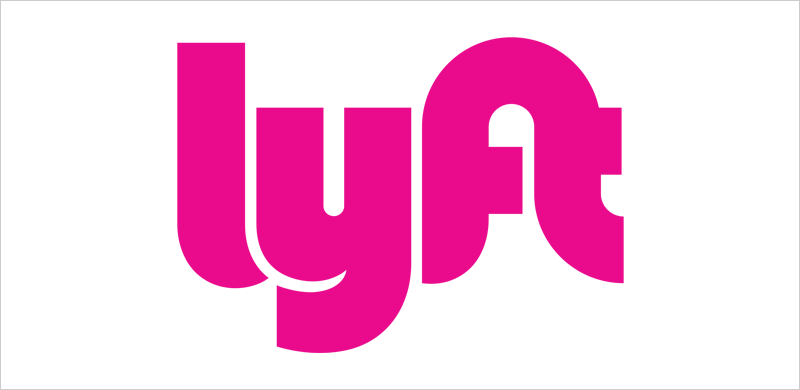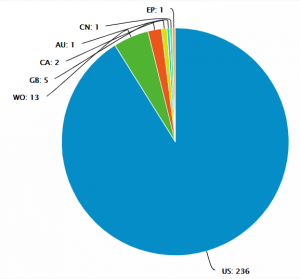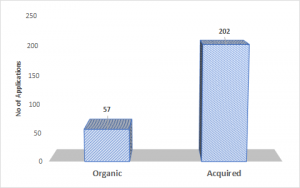
This week we take a closer look into Lyft’s technology assets and patent portfolio, in continuation of our coverage of the ridesharing industry from a patent perspective. Lyft has been around longer than its competitor Uber. The company came into existence as a carpooling service called Zimride in 2007, and became Lyft in 2012, a ride-sharing service that is worth $7.5 billion and operates in more than 600 cities in the U.S. and Canada.
The company filed for an IPO in 2018 and went public recently. Lyft is now a $23 billion company. Lyft made a revenue of $2.2 billion 2018 which was more than double compared to the previous year.
General Trends
Lyft owns a small patent portfolio of 259 published patents, which have shown a sharp growth post 2017, as seen in Figure 1.
Figure 2 shows that the US is the preferred jurisdiction for patent filings by the company with a maximum number of its filings here.
Technology Trends
An IP study by CNBC shows that Lyft’s patent strategy is focused and for the long term. The company’s innovations are driven by the effort to improve rider experience. Lyft has built and acquired IP across a broad set of technologies such as network management, speech analysis, telephone communication and video content distribution among others.
A major portion of the company’s patent portfolio comprises of acquisitions that relate to interactive TV, traffic control and communication networks technologies from companies like AT&T and Prosper Technology. Figure 3 shows the portfolio split for Lyft between organic patent filings and patent acquisitions.
Within Lyft’s portfolio, technologies covered by the CPC code G06Q 50/30 (transportation, communication), G08G 1/202 (taxi dispatching), G08G 1/123 (positioning of vehicles) show the highest growth since 2017, as seen in Figure 4.
Competitor Comparison – Lyft, Uber, Didi
A category-wise comparison competitor comparison indicates that Lyft owns a smaller number of patents across various technology categories compared to Uber and Didi. Uber’s patent portfolio is a combination of organic patents and patents obtained via acquisitions from third parties. In contrast, Lyft’s patent portfolio consists mostly of acquired patents with a small share of organic patents.
Uber’s diverse portfolio focuses on areas such as ridesharing along with scheduling and allocation. In the route guidance category, Uber owns several significant patent assets in map contour matching, navigation and highway information. Uber’s portfolio also has a greater number of patents in categories related to self-driving cars. Lyft’s other key competitor, China-based Didi, leads in categories like reservation booking, transport communication, GPS devices and traffic control. Read our report to obtain the complete picture.
While Lyft has a compact patent portfolio with focused patents, the size of the portfolio remains small in comparison to its competitors. The company recently acquired the London-based augmented reality start-up Blue Vision Labs as a part of its push into autonomous vehicles. It would be interesting to see how Lyft strategically develops its patent portfolio in the near future.













